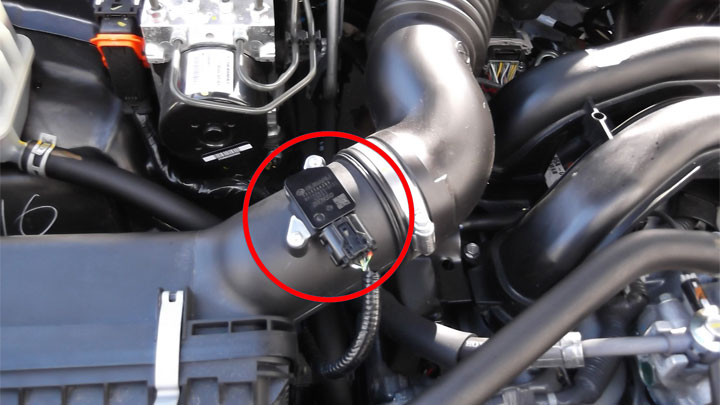Vehicle jerking and stalling are situations that scare a lot of drivers, but the experienced ones understand this phenomenon and react to the situation differently.
Buying a car is a huge investment, regardless of how much is spent. Every time one purchases a new vehicle, they are in for another round of knowledge acquisition, either relating to the specific model/ manufacturer or due to the health status of the vehicle. An understanding of a vehicle’s systems provides peace, especially when the unwanted happens.
Vehicle jerking and stalling, though used interchangeably by many people, are actually different and may also be caused by related factors.
Vehicle jerking can occur while a vehicle is in motion or when it’s in idle position. The sudden vibration and impediment to a vehicle’s movement, which usually results in a reduction in speed and smooth ride, is referred to as jerking.
Vehicle stalling refers to a sudden lack of power/ switching off of the engine while in motion or in idle position.
For a vehicle to move from one point to another, its engine must power the transmission system to propel the vehicle in the direction the driver steers it.
An engine’s performance/functionality is underpinned by the presence of three elements; air, fuel and ignition. An absence of any of them, or presence in an inappropriate quantity per time, may lead to both stalling and jerking.
If your vehicle is jerking, your best option is to accelerate lightly until it picks up properly. Thereafter, look for a qualified technician to help you diagnose and rectify the problem.
If you are experiencing vehicle stalling, while driving, take the following steps:
- Check, on the fuel gauge, if your vehicle has fuel.
- Check if your vehicle’s air pipes are not out of place or broken. If you can, inspect the air filter.
- Check if your plug coil or wires leading from your engine to your distributor is firmly fitted in place.
- Turn on your ignition, but don’t start your vehicle, and listen carefully if you can hear the low hissing sound of your vehicle’s fuel pump. This means fuel supply isn’t an issue, especially if you have confirmed you have fuel in your tank. Fuel gauges do act up, so it may be a good idea to buy some fuel into your tank before trying to start the vehicle.
- After checking all these, try starting your vehicle again and observe carefully how your car performs. If your vehicle cranks/rolls and doesn’t start, you may have a fuel line problem. This may be a bad fuel pump, lack of fuel or a clogged nozzle.
After having checked for fuel supply and solved the fuel supply challenge, try starting your vehicle again. If the engine turns but doesn’t start, you may have a few faulty spark plugs. If you are given to being handy, you may replace your plug(s).
After trying these steps as a first aid measure without success, clear off the road and look for a qualified technician to help you fix the problem. Even if you succeed, look for the nearest technician to help you check the vehicle.



